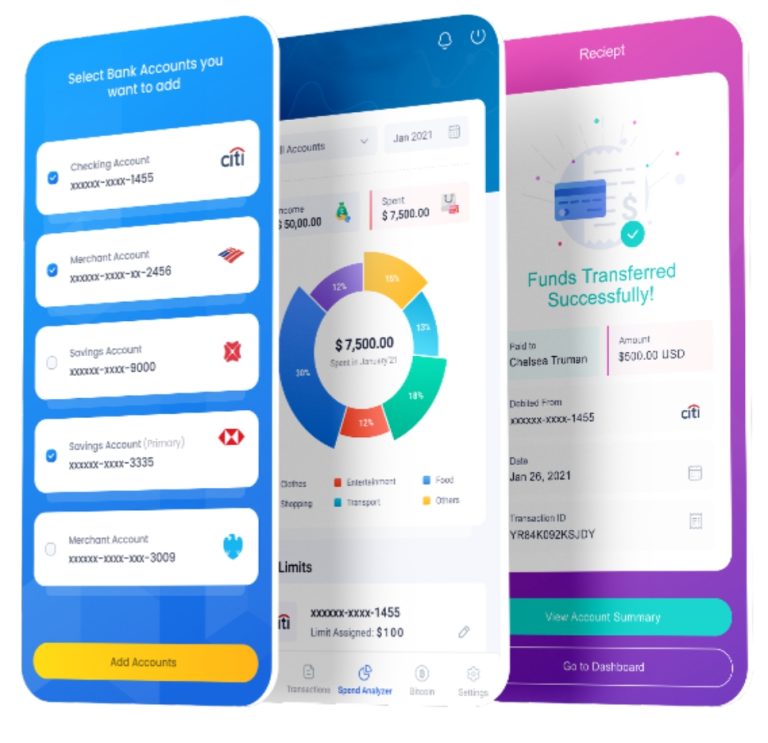How to Use Your ATS Data for Better Hiring Decisions
Are you ready to turn your Applicant Tracking System (ATS) data into hiring gold? Buckle up, because we’re about to dive into the world of data-driven decision-making in recruitment. Imagine your ATS as a treasure trove of valuable information, just waiting to be unearthed and used to make smarter, more informed hiring choices. Let’s uncover the secrets to leveraging your ATS data for better hiring decisions!
HR Applicant Tracking Systems
HR ATS stands for Human Resources Applicant Tracking System. It’s a software application that enables HR professionals and recruiters to manage the entire recruitment process more effectively. ATS systems are designed to streamline the hiring process by automating tasks such as job posting, resume screening, interview scheduling, and candidate tracking.
Key features of an HR ATS typically include:
- Job Posting: ATS systems allow recruiters to post job openings to multiple job boards and social media platforms simultaneously.
- Resume Parsing: ATS systems can extract relevant information from resumes and store it in a structured format for easy retrieval.
- Candidate Screening: ATS systems can automatically screen resumes based on predefined criteria, such as skills, experience, and qualifications.
- Interview Scheduling: ATS systems can schedule virtual interviews and send notifications to candidates and interviewers.
- Candidate Communication: ATS systems can automate communication with candidates, such as sending status updates and rejection letters.
- Reporting and Analytics: ATS systems provide reporting and analytics tools to track key recruitment metrics, such as time-to-fill and cost-per-hire.
Overall, HR ATS systems are essential tools for modern recruitment teams, helping them to save time, reduce manual effort, and make more informed hiring decisions.
Analyze Your Candidate Sourcing
- Your ATS can provide valuable insights into where your top candidates are coming from. Are they coming from job boards, social media, referrals, or your careers page? By analyzing this data, you can focus your efforts on the most effective sourcing channels and maximize your return on investment. For example, if you find that most of your top candidates are coming from referrals, you may want to invest more resources into your employee referral program.
Identify Patterns in Candidate Behavior
- Do you notice a trend of candidates dropping off at a certain stage of the recruitment process? Perhaps there’s a bottleneck in your process that needs to be addressed. By identifying these patterns, you can make adjustments to streamline your process and improve the candidate experience. For instance, if you find that candidates are dropping off after the initial phone screen, you may want to reevaluate your screening criteria or the way you communicate with candidates.
Use Performance Data to Inform Future Hires
- Look at the performance data of your current employees who were hired through your ATS. Are there any common characteristics or traits that they share? Use this information to create profiles of successful hires and use them as a benchmark when evaluating future candidates. For example, if you find that successful hires tend to have a certain level of experience or a specific skill set, you can use this information to prioritize these qualities in future hires.
Leverage AI for Data Analysis
- AI-powered analytics tools can help you make sense of your ATS data more efficiently. These tools can identify trends, predict candidate success, and provide actionable insights to improve your hiring process. For example, AI can help you identify which candidates are most likely to be a good fit for a particular role based on their skills and experience, allowing you to focus your efforts on those candidates.
Personalize Your Approach
- Use the data from your ATS to personalize your approach to candidates. Tailor your communication and engagement strategies based on their previous interactions with your company to create a more personalized and engaging experience. For example, if a candidate has previously applied for a similar role at your company, you can tailor your messaging to highlight how this new opportunity aligns with their career goals.
Stay Compliant
- Ensure that your use of ATS data complies with relevant data protection regulations, such as GDPR or CCPA. Protecting candidate privacy should always be a top priority. This includes obtaining consent from candidates before collecting their data and ensuring that their data is stored securely.
Measure Your Success
- Finally, track the impact of your data-driven decisions on your hiring process. Are you seeing improvements in candidate quality, time-to-fill, or retention rates? Use these metrics to continuously refine and improve your hiring strategy. For example, if you find that your time-to-fill has decreased since implementing a new sourcing strategy, you can attribute this success to your data-driven approach and use it to inform future decisions.






